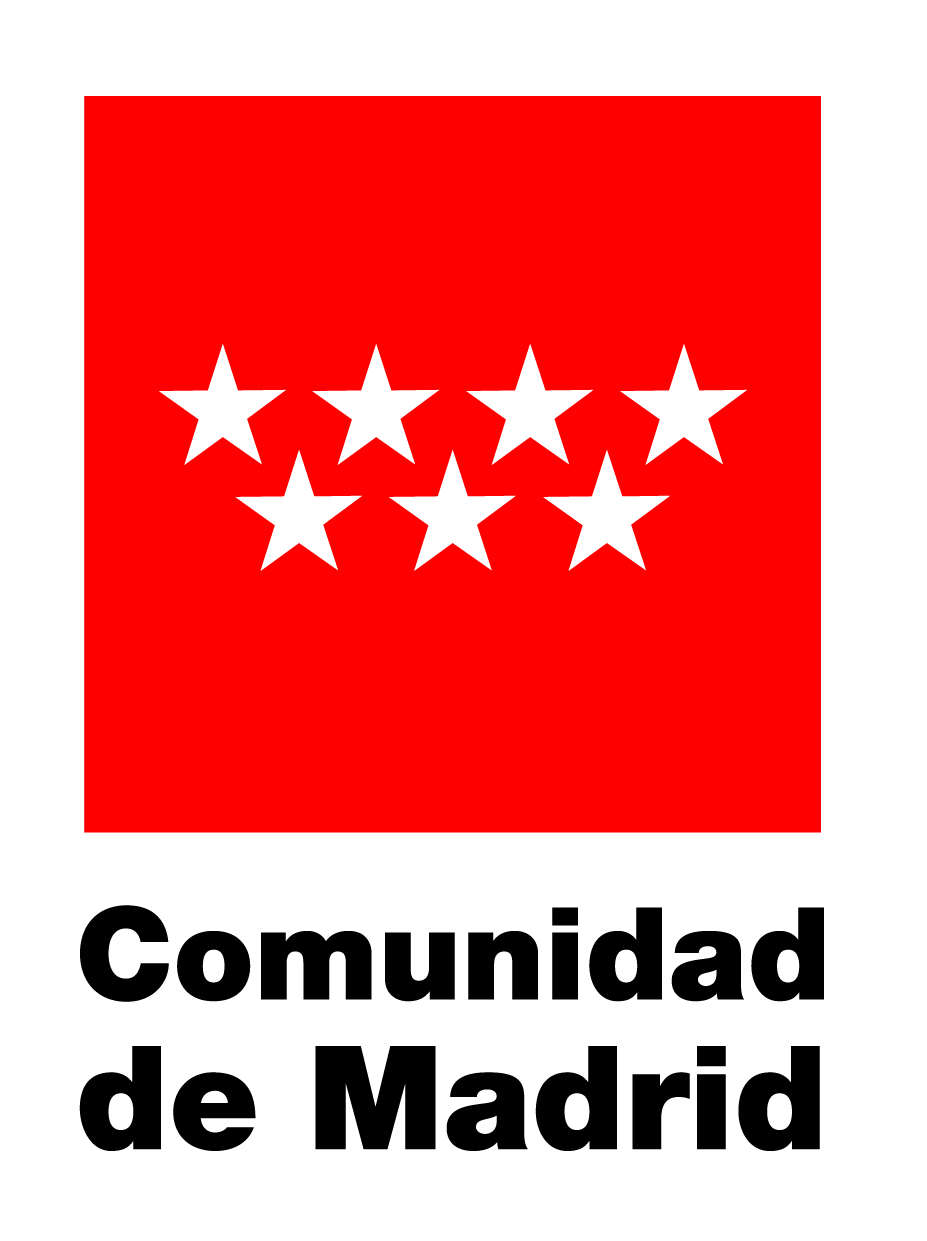Since late 2023 Anzen has been contributing to the project CORSARIO alongside prominent industrial partners led by Inster and with participation of Airbus Helicopters and Tecnobit.
Project objectives
The project aims at developing a disruptive Satellite Communications Systems for Helicopters leveraging on advanced technologies (digital processing, beamforming, additive manufacturing) to provide ubiquitous, high-bandwidth and high availability link. By implementing these novel technologies the system under development will solve typical issues of similar communication antennas installed on helicopters:
- The electronically steerable antenna is smaller and more compact that their mechanically steerable counterparts. This offers advantages in terms of aerodynamics and fuel efficiency for the helicopter.
- The digital signal processing mitigates the disturbances produced by the helicopters blades, allowing more flexibility in the positioning of the antenna front ends which facilitates integration in different platforms and also allows to optimize aerodynamics.
- Additivie manufacturing offers also a weight advantage, impacting fuel efficiency.
The consortium
The project is being developed by a consortium formed by a helicopter integrator (Airbus Helicopters), an expert team of communication systems formed by two companies from the Spanish’s OESIA group (Inster and Tecnobit) and Anzen, Systems-Safety and Reliability analysis experts.
This multidisciplinary team covers the whole scope of design, manufacturing and testing and validation of the Satcom telecommunication system.
Anzen activities
Anzen’s role in the consortium is to provide support to the activities of the industrial partners, by contributing to the systems-safety and reliability analysis for the system. The final objective is to consolidate a communication system versatile and qualified for integration in various platforms and for that purpose Anzen is anticipating the preparation of analysis and evidences that will be required in later phases of the project for the ceritification of the system.
More specifically, Anzen conducts the following tasks:
- Operational concept description and identification of certification basis
- Functional Hazard Analysis
- Systems Safety Analysis, covering Failure Modes and Effects Analysis and reliability prediction
Concurrently to the industrial objectives of the project, the team is implementing a novel methodology based on digital technologies to conduct these analyses consistently along the project and anticipating later development phases. To that purpose, and with support from the Spanish research institution Tecnalia, a number of experiments and prototyping of software tools are being done with the aim of consolidating a digital framework to support systems engineers and safety specialist. Some of the tools under development have been featured in previous entries of this blog (2024 | 05 – Functional Hazard Assessment | AI for Systems Engineering; 2024 | 09 – Updates in reliability analysis framework; 2024 | 12 – Complete revision of Fault Tree editor).
Institutional support
The project has received the endorsement and funding from Spanish institutions (CDTI Spanish Centre for the Development of Technology and Innovation, dependent from the Ministry of Science, Innovation and Universities) under the European fund NextGeneration UE.
| Supported and funded by Spanish instutions Centro para el Desarrollo Tecnológico Industrial – CDTI through the Plan Tecnológico Aeronáutico (2023). | |
 | Funded by the European Union – Next Generation UE. |




